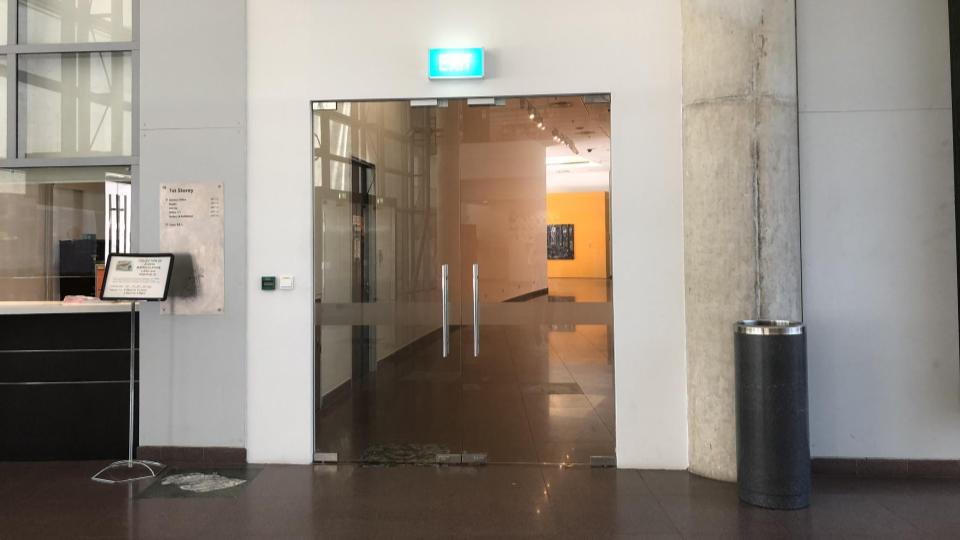In this chapter, Don Norman highlights what makes good design, and in particular – discoverability and understanding. Discoverability refers to knowing where to perform what, and how to perform them. Understanding is how the physical attributes link to the meaning of the design. Good design also tackles what users needs and it is so intuitive that often overlooked due to its effectiveness. Hence, as designers, it is important that our perspective in designing is focused on human-centric factors, meaning that design accommodates to human’s needs and not the other way round, which is common in problematic designs. A particular point that I found interesting how when a design is not working, most designers do not accommodate for that. overlook that aspect. His philosophy of human-centred design is essential for any designer, be it industrial or interaction designer, to be aware of.
The important takeaway from this reading for the components that highlights the discoverability in design – signifiers, mapping, constraints, affordances and feedback. These components need to work hand in hand for inituitive design, and I will highlight signifiers (and affordances) in my response.
Signifiers
Signifiers refers to mark or sound, basically an indicator that communicates appropriate behavior to a person. The clearest example would be the “PUSH” or “PULL” in doors to indicate what the user should do.
The lack of signifiers result to disastrous everyday problems. For example, when observing the wayfinding in ADM, the glass doors all around the school do not have indicators if they are PUSH or PULL.
Till today, I struggle with this door because I do not see signifiers, and the handles are the same on both sides. Hence, signifiers are very important in such situations to give people a clue of the action expected from them.
Relationship to Affordances
Affordances refer to the relationship between the properties of an object that determine just how the object could possibly be used. When one looks at a door with handles, you know it can be pulled to open the door. However, one direction of the door is meant to be pushed and not pull – hence a gap in affordance and perceived affordance. Hence, at times Norman doors are often debated to be unideal in user experience – the presence of handles when a push action is expected from a user, because people are calibrated to pull handles when they see them. Hence this might be a conflict in a user’s mind, perceived affordance and affordance is not met and therefore there is a need for the signifiers.
However, the design itself should work in tandem with a signifier. It should be intuitive in a way that people understand the action needed from them too, hence like a perceived affordance. How can one improve the perceived affordance?
It is important to note that signifiers should always be designed together with the product, and not an afterthought to prevent people from doing what is not ideal. People should perceive the ideal action by looking at the product, (perceived affordances), with signifiers complementing and affirming their action. While signifiers closes the gap between what users perceive the object can do and what it actually does, how can signifiers be made more cohesive together with the perceived affordances?
Another question I have in mind is – How is affordance defined? For example, chair is meant to be sat on but it also has an affordance that is not communicated through its design – people also use a chair to stand on when reaching out for objects.

